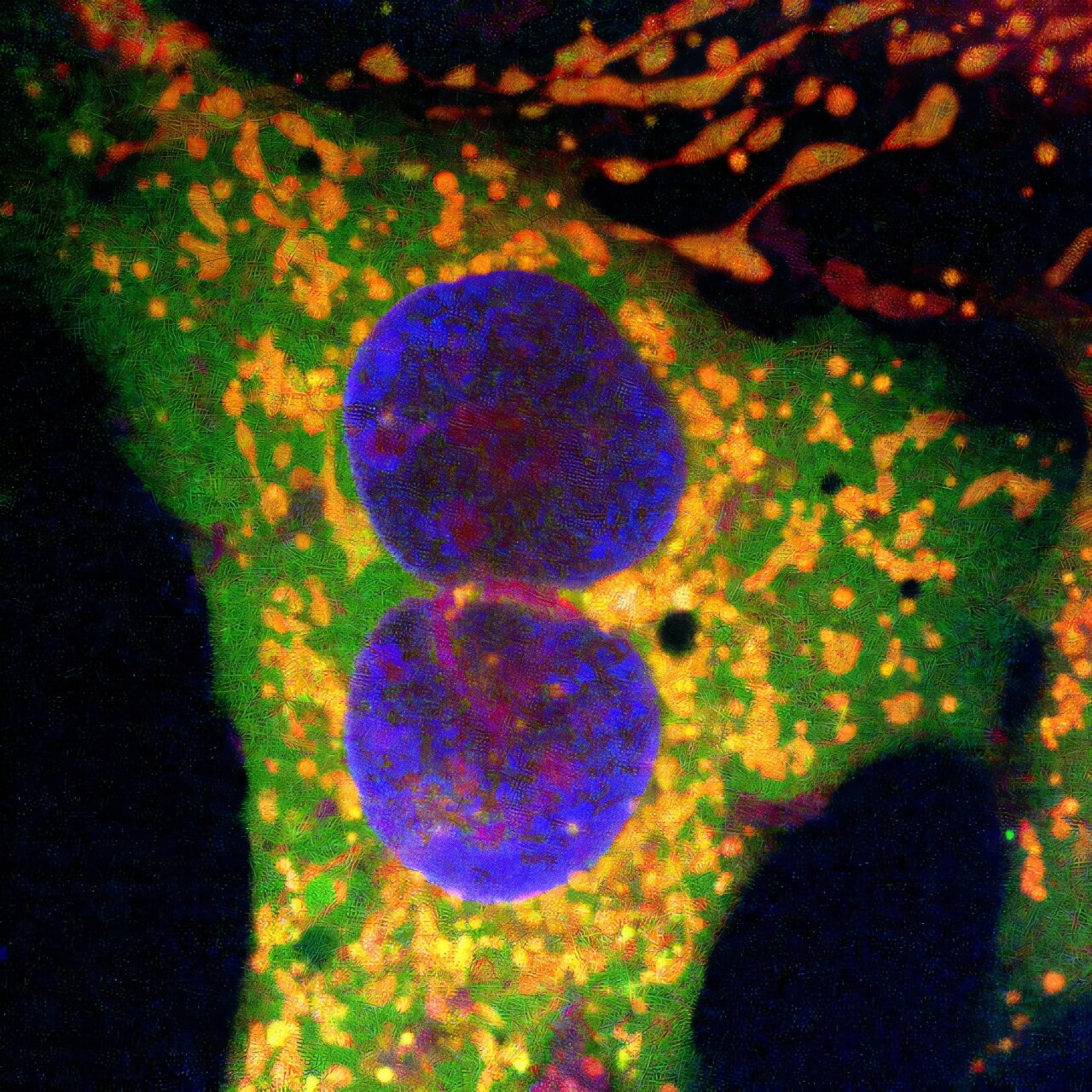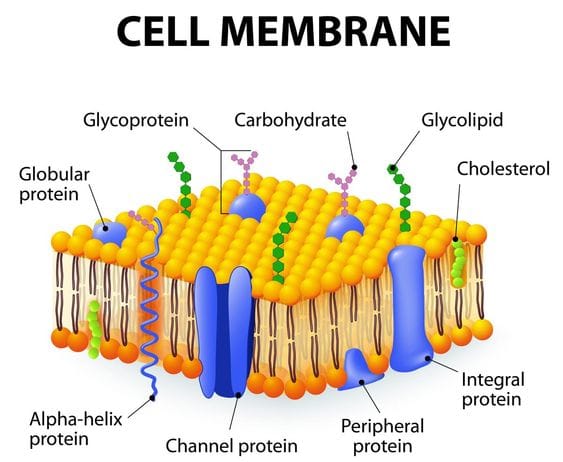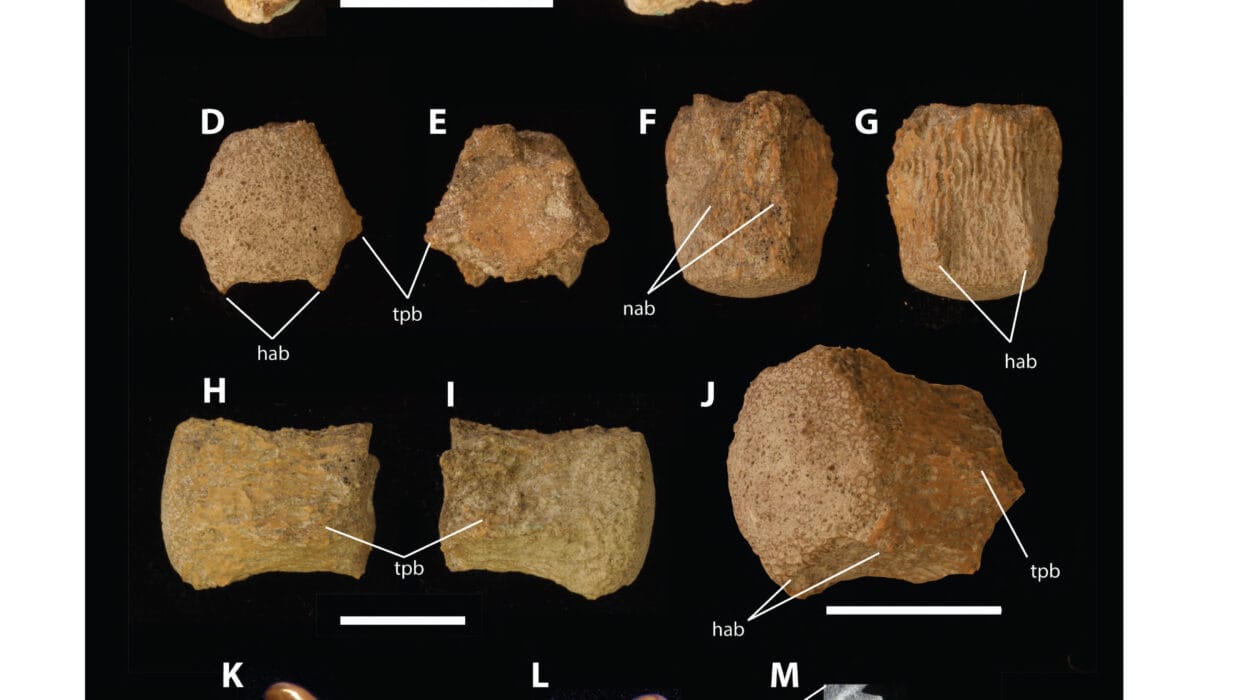For decades, gene therapy has carried a heavy limitation: it tends to work best on simple problems — a single faulty letter in a gene, a single molecular typo to fix. But real human disease isn’t always that tidy. Disorders like cystic fibrosis, Tay-Sachs disease, and hemophilia can arise from many different mutations scattered across the same gene. Two people may share the same diagnosis and yet carry entirely different genetic errors. That complexity has left thousands of patients outside the reach of therapies designed for only the most common mutations.
A team of researchers at The University of Texas at Austin has now taken a major step toward changing that reality. In a study published in Nature Biotechnology, they unveiled a gene-editing method that can correct many mutations at once — not one at a time — and do so with far greater efficiency than comparable attempts. Their method succeeded not only in mammalian cells in the lab but also in living vertebrate embryos, where it corrected scoliosis-causing mutations in zebrafish — a milestone for a new technology.
Borrowing Survival Tools from Bacteria
The breakthrough relies on a set of genetic elements used by bacteria called retrons. In nature, retrons act like a molecular shield that helps microbes survive viral attacks. The UT team re-engineered this bacterial defense system into a gene-editing tool for higher organisms. Unlike conventional approaches that make a single precise change, this retron-based method can replace an entire section of faulty DNA with a healthy version — meaning it does not need to know which specific letter is wrong. Any mutation that lies inside that region is corrected automatically.
This is the first time that a retron system has been used to repair a disease-related mutation in a vertebrate organism. “A lot of the existing gene-editing methods are restricted to one or two mutations, which leaves a lot of people behind,” said Jesse Buffington, a graduate student and co-author. His driving motivation, he explained, is to build a therapy that is “inclusive” — able to help patients with rare or unique mutations who are typically overlooked because there is no economic incentive to tailor a therapy for just a handful of people.
Toward Gene Therapies That Scale to Real Human Diversity
The promise of the new method is not only biological but also practical. Conventional gene therapy products must often be custom-built for each mutation and retested from scratch, which is slow, costly, and difficult to pass through regulatory pipelines. In contrast, a single retron-based construct that replaces a whole defective region could treat hundreds or thousands of patients with one design and one approval pathway. “We want to democratize gene therapy,” said Ilya Finkelstein, senior author and professor of molecular biosciences. One therapy, one approval, many lives changed — that is the strategic vision.
Efficiency is where this method also distinguishes itself. Previous retron-based attempts in mammalian cells yielded edits in only about 1.5% of targeted cells — far too low for medical use. The UT system achieved roughly 30% efficiency, with clear paths to further improvement. That leap in performance converts the idea from a molecular curiosity into a realistic therapeutic platform.
Delivering the Edit Safely and Precisely
Editing DNA is only half the battle — getting the editing machinery safely into cells is the other. Traditional delivery vehicles can trigger immune reactions or integrate into the genome in unwanted places. This new platform packages the retron system as RNA inside lipid nanoparticles — the same general delivery architecture that helped COVID-19 vaccines reach billions of cells without permanent DNA changes. This reduces safety concerns and improves control over dosage and distribution.
First Target: Cystic Fibrosis
The researchers are now applying their retron system to cystic fibrosis, a disease caused by mutations in the CFTR gene that lead to thick, sticky mucus in the lungs, chronic infections, and progressive respiratory failure. There are more than a thousand known CF-causing mutations. Current gene therapies focus on a small subset of the most common ones, not because other patients matter less, but because it is economically and technically unrealistic to design a different therapy for the rest.
The UT approach bypasses that bottleneck. Instead of correcting one mutation here and another there, it removes the damaged segment and inserts a correct one, thereby sweeping away many disease-causing variants at once. The group is testing this in laboratory cell models and plans to move toward patient-derived airway cells.
A Step Toward Inclusive Medicine
The emotional weight of the work is clear: each rare mutation represents real people — families with children who do not fit the “common” categories that current therapies are optimized to serve. Under the old model, these patients are invisible to drug development not because they are incurable, but because they are financially inconvenient. The retron approach challenges that structural inequity by reimagining therapy as a single broad-spectrum repair rather than a narrow precision fix. It collapses the economic argument for leaving rare cases untreated.
Gene therapy has always been a promise to make the genome editable like text — to fix what evolution or chance wrote incorrectly. What the UT team has introduced is not only a technical advance but a moral one: a blueprint for a form of editing that does not ask how common your mutation is before deciding whether you deserve a cure.
If further development succeeds and safety standards are met, retron-based gene editing could shift gene therapy from being a set of bespoke solutions for a lucky few to an off-the-shelf tool capable of rewriting broad categories of disease at once. For patients currently outside the reach of existing tools, it represents something rare in the world of genetic medicine — not just a new method, but a meaningful invitation back into the circle of possibility.
More information: Jesse D. Buffington et al, Discovery and engineering of retrons for precise genome editing, Nature Biotechnology (2025). DOI: 10.1038/s41587-025-02879-3






